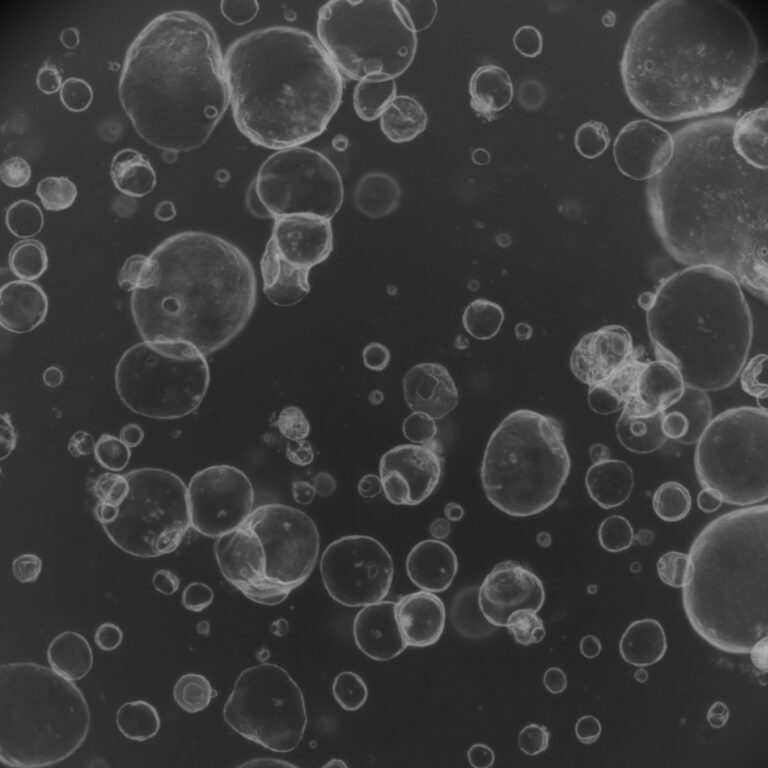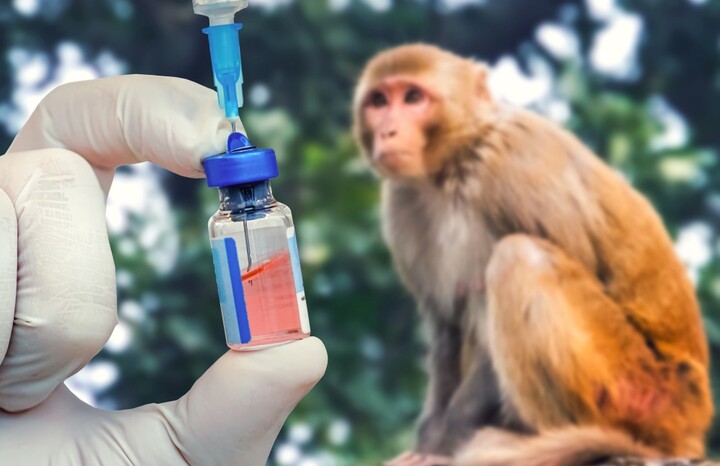The delay in implementing the FDA Modernization Act 2.0 is becoming a significant issue. This legislation, passed in 2022, aims to eliminate mandatory animal testing regulations and replace them with human biology-based testing methods. The bill garnered attention as an attempt to address the inaccuracies and ethical concerns of animal testing in drug development. However, despite two years since its passage, the FDA has yet to properly implement regulations replacing animal testing. This has drawn criticism for slowing drug development and causing unnecessary animal suffering.
The key aspect of the legislation is introducing drug evaluation methods based on human physiological data instead of animal testing. While animal testing has traditionally been essential in drug development, there have been consistent concerns about its uncertainty when applied to humans. In particular, animal models often produce results inconsistent with human responses in drug toxicity tests, leading many to view animal testing as an obstacle to drug development. To address these issues, research is actively ongoing into new testing methods using 21st-century technologies such as human cell-based tests, organoid, and AI modeling.
However, the FDA has been slow to embrace these new testing methods, drawing significant criticism from senators. Recently, several senators have introduced Act 3.0 to urge the FDA to adopt modernized testing methods more quickly. This legislation is expected to pave the way for testing and evaluating new drugs based on human-centric data rather than animal testing.
If FDA’s regulatory delays continue, it could not only increase the time and cost of drug development but also risk the continuation of unnecessary animal testing. Consequently, there are calls for regulatory authorities to actively cooperate in properly implementing legislation aimed at reducing animal testing. This represents an essential change not only for animal protection but also for more accurate and efficient drug development.





